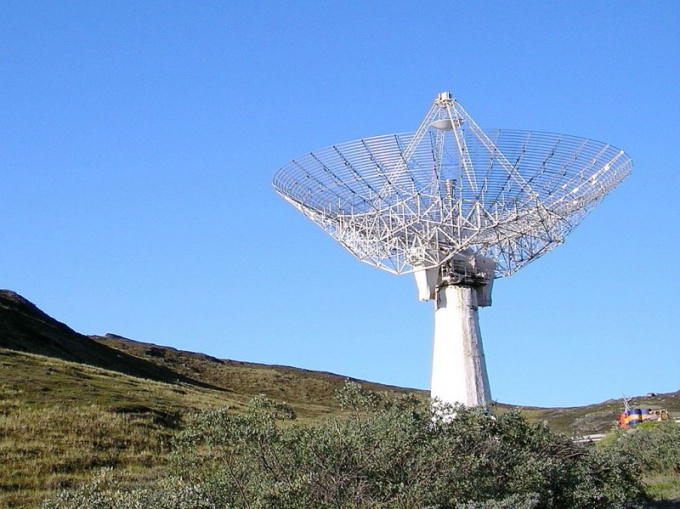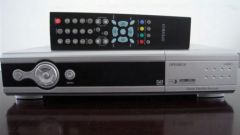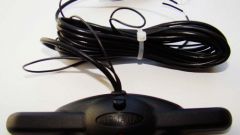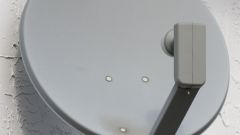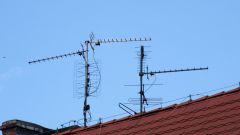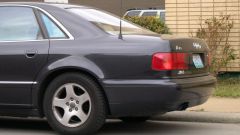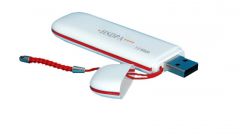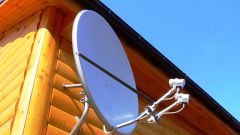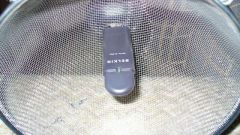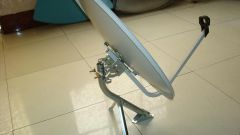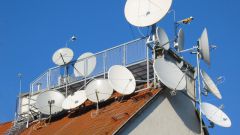Instruction
1
Radios often provided with sockets, indicated by the letter A, or a sign resembling the letter Y, but with an additional third vertical line in the middle. It was at this socket and connect the antenna. If it is outer, it must supply gruzopoluchateljam and ground before the storm.
2
Some receivers have a socket and for grounding. Such devices cannot be connected to the receivers, mains operated without transformer. On their back wall there is an inscription "the Land is not to include". If the receiver doesn't have a Jack for the antenna, but there is a telescopic antenna, it is possible to connect a crocodile clip indoor antenna - insulated wire with a length of several meters. The reception will be better.
3
To improve reception on the low bands can be wound a few turns of wire right on the case of small-sized receiver so that the axis of the resulting coil was parallel to the axis of the magnetic antenna. One of the coil pins connect with the same indoor antenna.
4
TVs was previously the clamps for flat 300-lot antenna cable. Now all the TV's coaxial jacks provide for connection of the 75-lot cable. To connect this cable with the device, use a standard antenna plug. Indoor antenna with 300-Ohm flat cable are available so far. Their kit includes an adapter with a matching transformer. Built-in adapter plug can be included in a coaxial socket.
5
Modern TV has one socket for a broadband antenna, operating in all ranges. An old TV may have separate jacks for antennas VHF and UHF range, as well as an additional socket with a voltage divider 10, which is suitable to use with a strong signal. The slot antenna may be provided with an inscription In Antenna, Aerial or similar, or a stylized letter T, as if consisting of two letters to Mr. mirror and ordinary.
6
Stereos are equipped with sockets for the loop antenna low frequency ranges and antenna-dipole high frequency ranges. If you lost the first antenna, wrap ten turns of insulated wire on the frame with a diameter of ten inches and connect to the respective jacks. If no second antenna, take TV indoor antenna with 300-Ohm flat cable, detach the adapter is a transformer and plug into jacks music center designed for dipole. These are the clamps for antennas with a label Antenna, Aerial, AM loop (for loop antenna), FM dipole (dipole), etc.
7
Many cell phones have a small coaxial socket for an external antenna. If this socket is not directly on the rear wall, it may be under the battery cover, and the holes in the lid may not be. But then to use external antenna only with the cover removed, which is inconvenient - the battery may fall out.
8
To connect and disconnect the antenna very carefully, so as not to spoil the miniature nest. The plug must be factory made, designed for use with cell phones. Labels next to the aerial socket usually do not. It is cylindrical, has a diameter of a few millimeters and gilded. Sometimes it is not at all, even under the hood.
9
The radios range CB (27 MHz) external antenna connected 75-, and 50-Ohm coaxial cable. Antenna socket and plug standard BNC are designed to preclude drop thanks to the use of latches. To turn on the radio without an antenna is impossible - can deteriorate the amplifier of the transmitter. The same can happen from using the wrong antenna, and a 75-lot cable instead of 50-a lot and even just in case of breakage in the cable. The portable radio antenna socket is located at the top, have stationary or car - on the rear wall.
10
Satellite antennas are connected to receivers not directly, but through the converters, fortified directly into "Plates". For this purpose, special sockets, plugs and cables with low attenuation at a considerable frequency. The same cable serves for voltage supply and control the Converter. Socket for connecting the Converter located on the rear of the receiver.
Note
All connections produce when de-energized equipment.
Correctly use the lightning switch external radio antenna.
Correctly use the lightning switch external radio antenna.
Useful advice
Note that some devices connect an external antenna is prohibited. For example, these radios band PMR446. For them, in addition to maximum output power, the regulated and the type of the antenna - integrated, i.e. built in.
